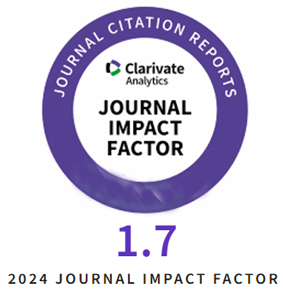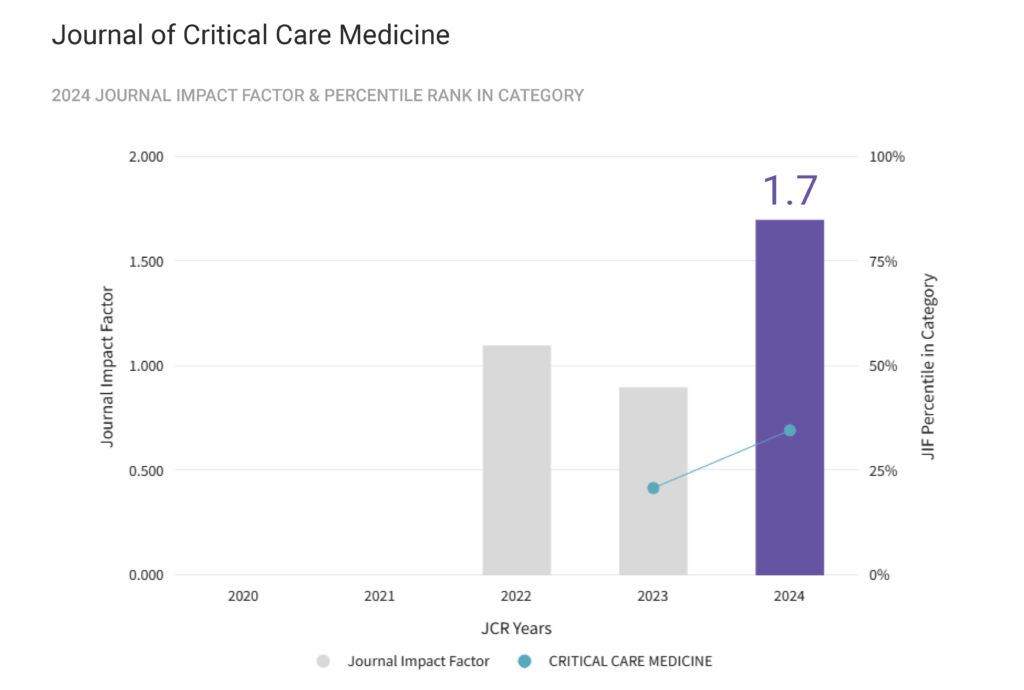Introduction: COVID-19 pneumonia manifests with a wide range of clinical symptoms, from minor flu-like signs to multi-organ failure. Chest computed tomography (CT) is the most effective imaging method for assessing the extent of the pulmonary lesions and correlates with disease severity. Increased workloads during the COVID-19 pandemic led to the development of various artificial intelligence tools to enable quicker diagnoses and quantitative evaluations of the lesions.
Aim of the study: This study aims to analyse the correlation between lung lesions identified on CT scans and the biological inflammatory markers assessed, to establish the survival rate among patients.
Methods: This retrospective study included 120 patients diagnosed with moderate to severe COVID-19 pneumonia who were admitted to the intensive care unit and the internal medicine department between September 2020 and October 2021. Each patient underwent a chest CT scan, which was subsequently analysed by two radiologists and an AI post-processing software. On the same day, blood was collected from the patients to determine inflammatory markers. The markers analysed in this study include the neutrophil-lymphocyte ratio (NLR), monocyte-lymphocyte ratio, platelet-lymphocyte ratio, systemic immune-inflammatory index, systemic inflammation response index, systemic inflammation index, and serum interleukin-6 value.
Results: There were strong and very strong correlations between the derived inflammatory markers, interleukin-6, and the CT severity scores obtained by the AI algorithm (r=0.851, p<0.001 in the case of NLR). Higher values of the inflammatory markers and high lung opacity scores correlated with a decreased survival rate. Crazy paving was also associated with an increased risk of mortality (OR=2.89, p=0.006).
Conclusions: AI-based chest CT analysis plays a crucial role in assessing patients with COVID-19 pneumonia. When combined with inflammatory markers, it provides a reliable and objective method for evaluating COVID-19 pneumonia, enhancing the accuracy of diagnosis.
Artificial intelligence algorithms based approach in evaluating COVID-19 patients and management
DOI: 10.2478/jccm-2025-0032
Full text: PDF










